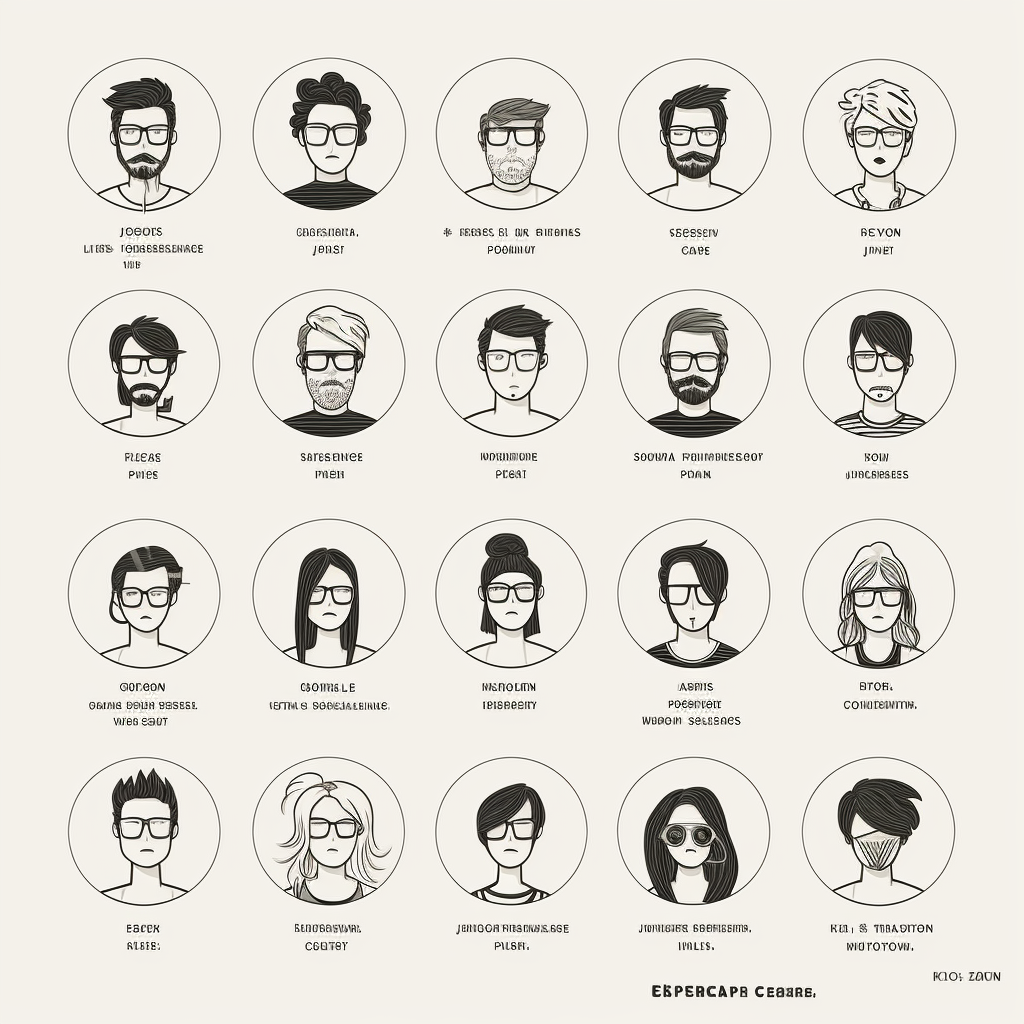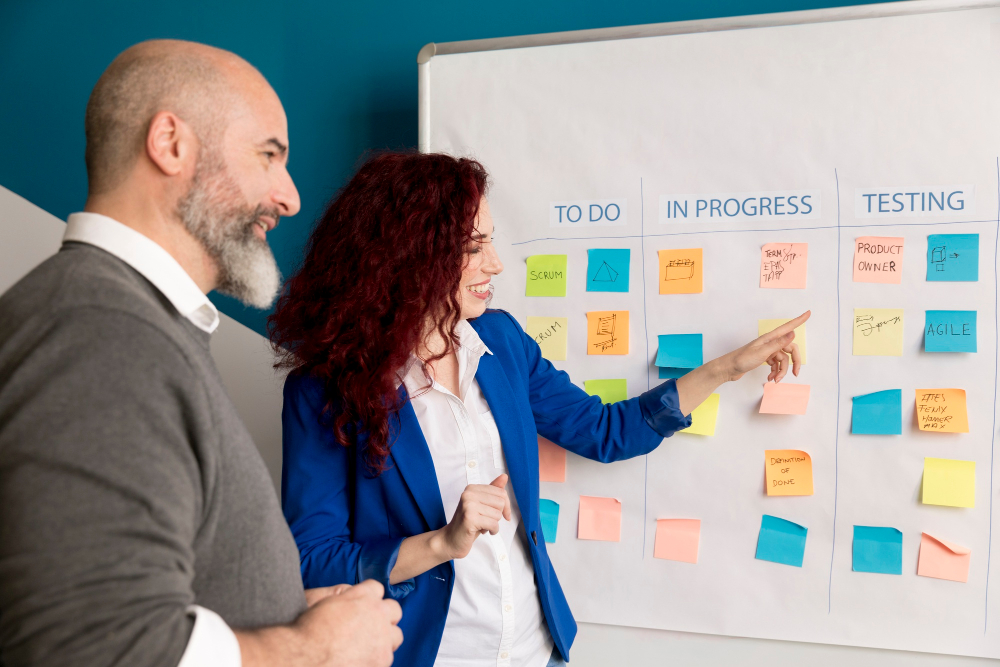Journey of Waterfall to Agile Transformation :Introduction
In the ever-evolving landscape of project management, a seismic shift has taken place – a transformation that has redefined how teams collaborate, innovate, and deliver value. Join us on a captivating journey as we explore the remarkable transition from traditional Waterfall methodologies to the dynamic and customer-centric world of Agile. In this blog post, we’ll unravel the secrets, challenges, and triumphs of this transformative voyage.
Table of Contents


1. From Rigid to Agile: The Unconventional Metamorphosis
Imagine a world where projects were like monolithic sculptures, set in stone from inception to completion. That was the realm of Waterfall, where each step followed a linear sequence – requirements, design, implementation, testing, and deployment – with little room for deviation. The transformation to Agile was akin to stepping from black and white into a world of vibrant color, where flexibility, collaboration, and adaptability reign supreme.
2. The Power of Agile: Breaking Down the Transformation
- Iterative Development: Agile introduces iterative cycles, or sprints, where small, functional increments of a project are delivered and refined over time. This iterative approach ensures quicker feedback loops, enabling teams to incorporate changes and enhance the product based on real-time insights.
- Customer-Centricity: In Agile way of working customer is at the core. Regular interactions with stakeholders and end-users ensure that the product evolves to meet their evolving needs, resulting in a higher degree of customer satisfaction.
- Cross-Functional Collaboration: Agile promotes cross-functional teams that bring together diverse skill sets – developers, designers, testers, and more – to collaborate throughout the project’s lifecycle. This seamless collaboration fosters innovation and accelerates problem-solving.
- Adaptive Planning: Unlike Waterfall’s rigid planning, Agile embraces adaptability. Teams prioritize tasks based on business value and can pivot their strategies as market conditions change, ensuring that the final product remains relevant.
3. Navigating the Waters of Transformation: Best Practices and Strategies
- Cultural Shift: Start by instilling an Agile mindset across the organization. Encourage a culture of collaboration, continuous learning, and experimentation. Everyone, from leadership to team members, must buy into the new way of working.
- Training and Education: Invest in Agile training and education to equip teams with the necessary tools and techniques. Foster a deep understanding of Agile principles and practices to ensure a smooth transition.
- Pilot Projects: Begin the transformation with pilot projects. Select a smaller, less complex project and apply Agile principles. Use the lessons learned to fine-tune your approach before scaling it across the organization.
- Clear Communication: Transparent communication on a consistent frequency is important for Alignment and bringing all stakeholders on same page. Keep all stakeholders informed about the transformation process, its benefits, and expected challenges. Address concerns and ensure everyone understands their roles in the new framework.
4. Frequently Asked Questions (FAQ) About Journey of Waterfall to Agile Transformation
Q1: Can Agile be applied to all types of projects? A: While Agile is versatile, it may not be suitable for all projects. Complex, long-term projects with fixed requirements may still benefit from Waterfall. Assess project characteristics before deciding on an approach. The buy in from all stakeholders and management is very important and one of the reasons for a botched up Journey of Waterfall to Agile Transformation.
Q2: How do you manage change resistance during the Journey of Waterfall to Agile Transformation? A: Change resistance is natural. Address concerns empathetically, provide clear explanations of the benefits, and involve team members in the decision-making process. Communicate wins and successes to reinforce the value of Agile.
Q3: How does Agile handle project documentation? A: Agile documentation is lightweight and focused on delivering value. Instead of extensive upfront documentation, Agile emphasizes capturing essential information and updating it as the project progresses.
Other Blogs by Author: Project Management VS Product Management
Link to Scrum Guide:-
Scrum Guide for Roles in Agile Way of Working for Product Owner
5. Journey of Waterfall to Agile Transformation : Conclusion
The Journey of Waterfall to Agile Transformation to Agile is nothing short of a revolution in project management. Embracing Agile’s customer-centricity, collaboration, and adaptability can lead to faster, more innovative, and customer-satisfying outcomes. Remember, the journey may have its challenges, but with a strategic approach, an open mindset, and a commitment to continuous improvement, the rewards are boundless. So, embark on this transformative journey, and unlock the potential of Agile to revolutionize your projects and propel your organization toward greater success.

